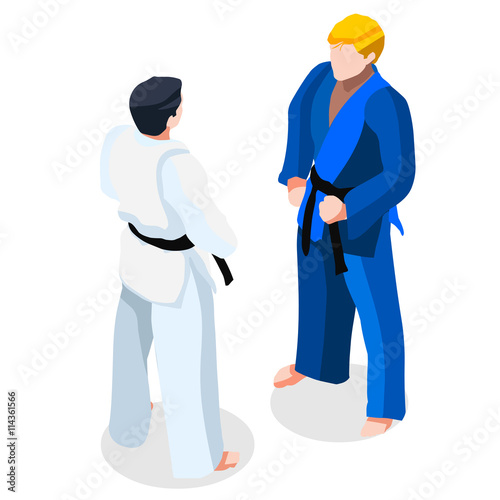Discover The Secrets Behind Karate, Taekwondo, And Much More! Introduce The Concealed World Of Fighting Styles Styles In This Supreme Overview
Discover The Secrets Behind Karate, Taekwondo, And Much More! Introduce The Concealed World Of Fighting Styles Styles In This Supreme Overview
Blog Article
Content Composed By-Borch Lemming
Are you tired of sensation bewildered by the substantial globe of martial arts? With many styles to choose from, it can be very easy to get shed in a sea of strikes, kicks, and mystical names. However concern not!
This conversation will debunk the different martial arts designs, taking you on a trip from the effective strikes of Martial arts to the dynamic kicks of Taekwondo. Prepare to uncover the beginnings, strategies, and philosophies behind these old art types.
So, tighten your belt and prepare to embark on an enlightening expedition into the exciting globe of fighting styles.
Origins of Martial Arts Styles
The beginnings of fighting styles designs can be traced back to ancient civilizations and their requirement for protection and fight techniques. Throughout history, different societies established their very own one-of-a-kind techniques of combating, each with its own set of methods and viewpoints.
In China, for instance, martial arts styles such as Martial art and Tai Chi were created as a means of protection and improving physical and mental wellness.
In Japan, the samurai warriors developed designs like Karate and Judo, concentrating on technique, accuracy, and mastery of the body.
Similarly, in Korea, Taekwondo emerged as a martial art highlighting high kicks, fast movements, and mental fortitude.
These very early human beings laid the foundation for the varied array of martial arts designs that exist today, each with its own rich history and cultural significance.
Techniques and Educating Methods
To grasp fighting styles styles, practitioners have to find out various methods and training techniques.
Techniques are the certain activities and activities made use of in fight, such as punches, kicks, tosses, and blocks. Different fighting styles styles have their very own distinct collection of techniques that professionals have to master with strenuous training.
Training methods differ depending on the style, but they typically involve a combination of physical conditioning, drills, sparring, and kinds.
https://martialartsinfoforkids11009.anchor-blog.com/14158687/bringing-together-the-mind-body-and-spirit-exploring-the-principles-of-a-martial-arts is vital to develop toughness, flexibility, and endurance. Drills help specialists fine-tune their strategies and boost their rate and accuracy.
Sparring enables experts to practice their methods in a controlled, sensible environment. Types, additionally called kata, are ironclad series of activities that aid specialists develop muscular tissue memory and focus.
Philosophies and Concepts
Discovering the viewpoints and principles of martial arts designs can give you with a much deeper understanding of your picked self-control. Each martial art has its very own unique approach and collection of directing principles that form the method it's practiced.
For example, Martial arts stresses self-control, regard, and self-discipline. It instructs practitioners to focus their body and minds, allowing them to protect themselves while maintaining a sense of internal tranquility.
On the other hand, Taekwondo places a solid emphasis on rate, dexterity, and flexibility. visit the up coming webpage are rooted in the tenets of politeness, honesty, determination, self-constraint, and resolute spirit.
Final thought
Now that you have actually discovered the origins, techniques, and viewpoints of various fighting styles styles, you have a much deeper understanding of these ancient disciplines.
Picture a young karate trainee, practicing with steady decision and emphasis, breaking through boards with a powerful punch.
Their journey showcases the commitment and stamina called for to understand a martial art, reminding us that with discipline and willpower, anything is possible.
